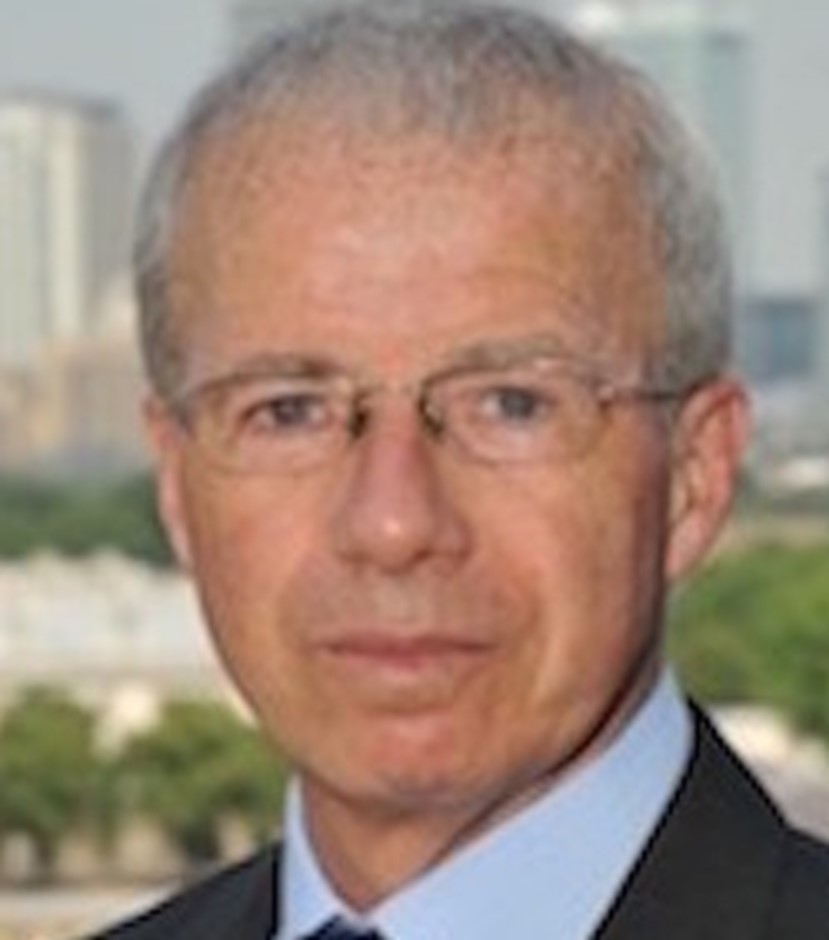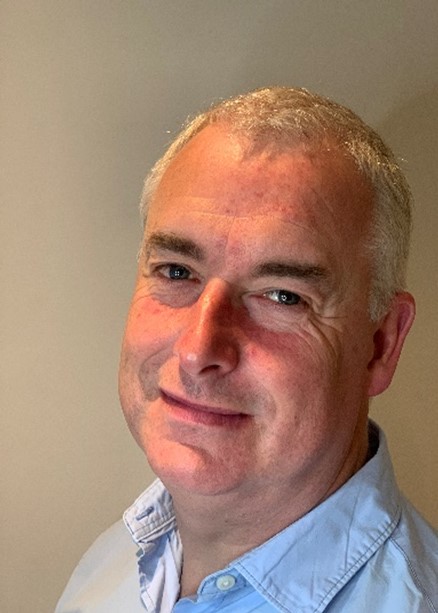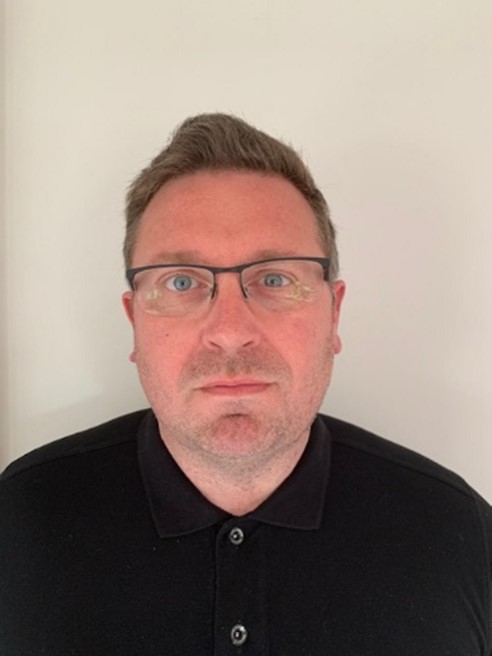A SIAM ecosystem relies on the establishment of an effective central Governance & Strategy function within the customer’s retained capabilities. This ensures that the SIAM model meets the requirements of the business, has clear ownership and remains relevant.
The SIAM strategy should be closely aligned with the goals of the business and how it expects organizational capabilities to support them. The detailed design of these component elements may be delivered elsewhere within the ecosystem, but ownership should be retained within the customer’s Governance & Strategy function.
And in this blog, the author team for the Governance & Strategy section of the SIAM Health Assessment are writing about the creative process of the this section and how did they choose relevant sections to be assessed.
A huge thanks to Daniel, Ian and Pete for writing this blog!
Daniel Breston, Ian Groves, and Pete Knowles are the author team for the Governance & Strategy section of the SIAM assessment. This was the special one.
Governance & Strategy isn’t a SIAM practice, but it is so fundamental to building a SIAM ecosystem it was agreed an important addition.
Governance ensures that there is a system of control in place across all the SIAM layers. Decisions are made considering all parties within the ecosystem and risks are clearly understood, controlled and monitored. The consequences of poor governance practices within a SIAM ecosystem can include important elements such as sub-optimal allocation of contracts, lack of coordination when dealing with day to day service delivery issues such as major incidents, problems and changes and a general lack of trust and cooperation (for more details on this sees the SIAM Foundation Body of Knowledge section 8.2).
Authoring the section – the process
Just for the record, there was broad agreement that we don’t like how maturity assessments are used to evaluate how we are doing a certain process or activity. We certainly had plenty of conversations about this and mused about:
- Who dreamed up the levels 1-5, what do they mean and how is each level measured?
- What happens when you get to 5? Do you stop because you now believe you are ‘perfect’?
- What happens to your levels if the world changes, those PESTLE factors (Political, Economic Social, Technological, Legal, Environmental)? Take COVID19 for example, which means that now you are now no longer on the same path?
What-if?
- You had an assessment that allowed you to take the basic definitions or goals of some important SIAM activities and check how close what you are doing aligns with the tried and tested ways of working?
- You had an assessment model that examined the state of your SIAM health to a pretty good standard and then asked you to start over because by now surely things had changed and it’s time to re-examine the situation?
- You could easily adopt and adapt the proposed assessment tool internally, with your service providers and consultants or service integrator to help maintain your progress against the organization’s aspirations?
- The assessment provided guidance and a visual representation showing your progress?
Wouldn’t that help you create a Governance & Strategy approach that would help you to manage what you were doing, the People involved, the Tools they used, the Processes they employed and how it was Measured and improved along the journey?
Welcome to the SIAM Assessment Maturity Assessment
Health and improvement are the key elements to this assessment. We have created a way of assessing how your SIAM ecosystem works to incorporate the SIAM practices and concepts to best effect. The assessment is based this upon the SIAM Bodies of Knowledge and our experience, which as a team turned out to be several hundred years of pain and joy!
It all started with Governance & Strategy!
Which is quite interesting since Governance and Strategy isn’t one of the defined practice areas within the SIAM Bodies of Knowledge. People, Process, Tools and Measurement are. That doesn’t mean Governance & Strategy isn’t important, on the contrary, there is whole section on it . Here it talks about governance for the SIAM transition project as well as all the detail around designing the governance framework for the whole ecosystem.
But the words governance and strategy strike fear at the hearts of many. Governance means telling people how to do something and then measuring whether they are doing it the proposed way. Strategy is how organisations are supposed to help achieve their goals, which means actually defining these goals, measuring them and regularly reviewing them in light of changed (business) requirements.
SIAM governance focuses on three key aspects, ensuring:
- alignment between the customer organization’s current and future business needs and the SIAM strategy
- that the SIAM strategy and SIAM model are planned and implemented successfully
- that the SIAM model is managed, operated and improved in a controlled and collaborative manner, in compliance with both internal policies and external legislation.
A SIAM ecosystem relies on the establishment of an effective central Governance & Strategy function. This ensures that the SIAM model meets the requirements of the business, has clear ownership and remains relevant.
Governance & Strategy is needed throughout the SIAM roadmap, as without it there is no direction for the ecosystem and in particular the service integrator and customer retained capability.
How did we choose relevant sections to be assessed?
With years of experience leading or consulting technology teams to deliver outcomes by integrating services and suppliers, we knew we wanted to define something to help organizations learn where they are and how to proceed. The focus was on how we captured the most important elements, those areas that in our experience define a make or break for the Governance & Strategy within as SIAM ecosystem. When planning the topics areas for our questions we concluded that the key considerations had to be:
- SIAM strategy: providing a cohesive direction and a high-level plan to lead an organisation and its people through the transition to a SIAM model. A SIAM strategy must always support an organisation’s vision which is reflected via their business and digital IT strategy.
- Governance model: Effective governance provides assurance that the SIAM ecosystem is properly aligned to the customer’s business objectives. It enables timely decision making, management of risk and supports collaboration between service providers. The governance model defines the role of the service integrator as the interface between your organisation and the service providers.
- SIAM Model: Each SIAM model is particular
to each individual organization and should be based upon the services in scope.
The SIAM model typically includes:
- The organisation structure for the customer’s retained capabilities
- The process models showing roles and responsibilities, interactions, ownership and governance
- The service model showing service groupings, sourcing strategy and the scope of services allocated to the various service providers
- The technology model including toolsets.
- Audit and compliance model: help all
stakeholders to improve by providing useful information in the pursuit on
continuous improvement such as:
- Requirements of external standards and regulatory compliance where applicable
- Review of process documents to ensure that they remain relevant and fit for purpose
- Review of the SIAM model and whether the expected benefits are being realised
- Review of strategic assets including the SIAM strategy, tooling strategy and governance model.
How the SIAM Health assessment works
The assessment asks questions to get you thinking about your environment and based on your answer, it provides an indicative level on a radar chart as to where you are now against where you could be. The questions are ‘rich’, and don’t work on simple, binary ‘yes’ and ‘no’ responses but allows a more refined response. And the logic embedded within allows a streamlining of questions as necessary where elements clearly don’t exist and allows for more in-depth questioning when they do. The outcomes provides guidance and you can then to improve how you govern against your strategy, the people involved including service providers and tools, and how you measure what the SIAM ecosystem is adding to your overall capabilities and customer value.
The assessment can be modified, expanded and refined with the support of your consultants and can be used periodically to help you measure your improvement over time.
A few final words…
We feel that SIAM is the best way of keeping your business in business. COVID19 showed the world that to stay in business, competitively, with compliance, using engaged staff and maintaining satisfied customers, means that your organization has to change. SIAM can help drive that change.
Are you ready? Give it a go! Assess yourself!
Meet the Governors…
Daniel, Ian, and Pete made up the Governance & Strategy Author team for the development of the content in this section of the SIAM Health Assessment. Each has unique insight and perspective in this space

Daniel Breston has 50 years in IT and has integrated services, suppliers and technology with users and customers all his working life. SIAM is an important aspect of all he has accomplished in terms of outcomes, but to perform it successfully, he suggests we need a flexible strategy with a guard-rail governance approach. He has been part of the Scopism SIAM team since the writing of the Bodies of Knowledge and to help others learn how to progress iteratively was his incentive to join the assessment team with Ian and Pete.

Ian Groves originally qualified as a pharmacist and after more than 10 years working in retail, decided that a change of career was needed. He was lucky enough to find employment with ICL, more than 20 years ago, and the rest, as they say, is history. He has spent these years developing his IT service management and consulting expertise and has worked extensively across Europe, before setting-up Syamic to provide SIAM consulting and training services. He is an accredited SIAM professional, specialising in the design and implementation of SIAM governance frameworks. It is this level of knowledge and experience which he hopes brings a level of real-world pragmatism to this SIAM assessment.

Pete Knowles has 25 years’ experience in IT with a specialist focus on SIAM, Service Strategy, Service Design and operational management. This journey has helped him to appreciate that one of the core building blocks needed for a successful SIAM function is effective Governance & Strategy. Pete suggests that working with Daniel and Ian has enabled a blend of knowledge and provided best practice guidance for the assessment to ensure the maximum benefit from developing your governance models and strategy for SIAM.



